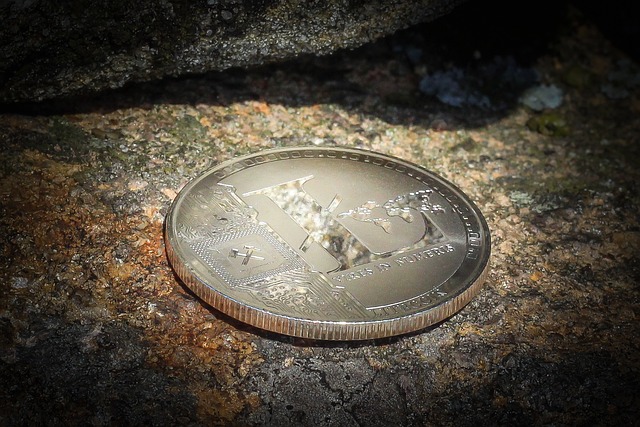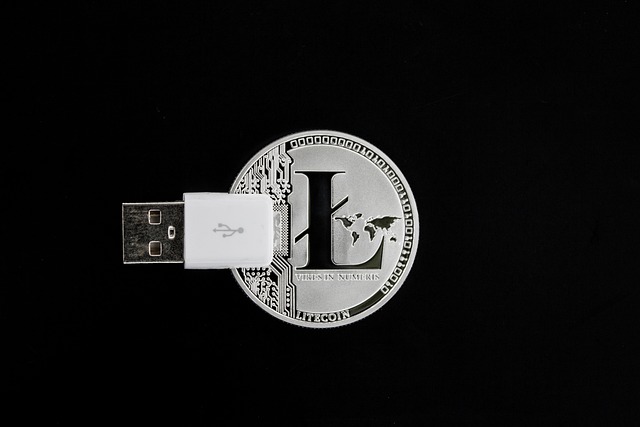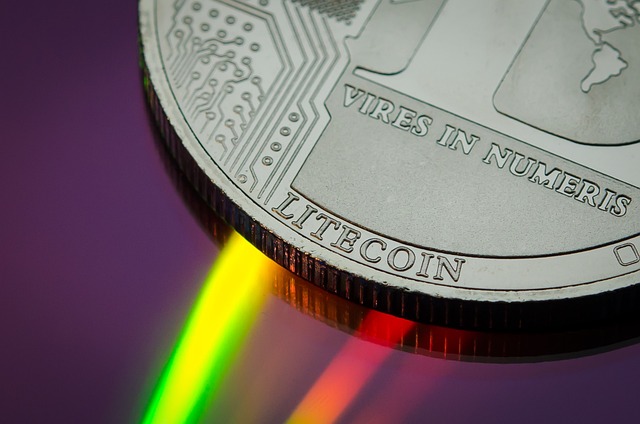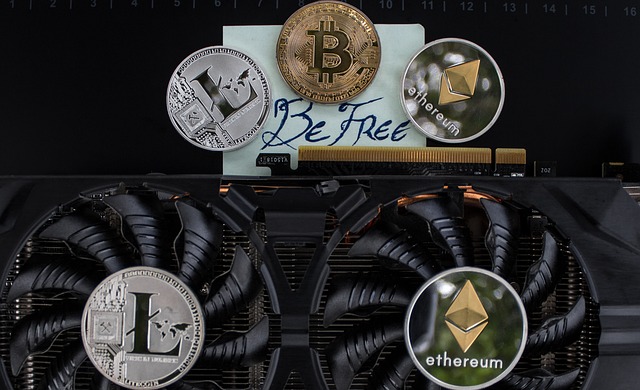Litecoin (LTC), launched as a Bitcoin fork in 2011, has experienced rapid global adoption due to its faster transactions and lower fees compared to Bitcoin. Its decentralized structure, Scrypt hashing algorithm, and compatible infrastructure with Bitcoin have fueled its growth. While Asia leads in Litecoin adoption, regulatory differences impact its integration in Europe and North America. Litecoin's popularity is driven by its quicker block generation time, acceptance as a payment option worldwide, and stability, making it an attractive hedge against inflation, especially in emerging markets.
“The global adoption of Litecoin, a pioneer in the cryptocurrency space, has evolved significantly since its inception. This article explores the historical growth and widespread reach of Litecoin across diverse regions. We delve into market trends, analyzing supply, demand, and price dynamics that shape its global landscape. Furthermore, geopolitical influences on Litecoin adoption are scrutinized, highlighting the impact of regulatory environments and economic conditions. Finally, future prospects predict potential growth areas and technological advancements, offering insights into the world of Litecoin.”
- Historical Growth and Global Reach of Litecoin
- – Evolution of Litecoin since its inception
- – Adoption rates across different regions
- Market Trends: Supply, Demand, and Price Dynamics
Historical Growth and Global Reach of Litecoin

Litecoin, introduced in 2011 as a fork of Bitcoin, has witnessed remarkable historical growth and global reach. It was one of the earliest alternative cryptocurrencies (altcoins) to gain significant traction, offering faster transaction times and lower fees compared to its predecessor. This appeal resonated with users worldwide, leading to a rapid expansion of Litecoin’s market share. Over the years, it has established itself as a prominent player in the cryptocurrency space, with a vast global user base and trading on numerous exchanges.
The litecoin network’s decentralized nature and increased mining difficulty have contributed to its resilience and stability, making it an attractive option for investors and everyday users alike. As the cryptocurrency market evolved, Litecoin adapted by implementing various upgrades to enhance its functionality, security, and efficiency. This adaptability has played a crucial role in expanding its global reach, ensuring its relevance amidst the ever-changing digital landscape.
– Evolution of Litecoin since its inception

Litecoin, introduced in 2011, emerged as a pioneering alternative to Bitcoin, offering faster transaction times and lower fees. Since its inception, Litecoin has evolved significantly, gaining traction globally. It leverages a different hashing algorithm, Scrypt, making it more accessible for miners compared to Bitcoin’s SHA-256. This accessibility contributed to a rapid initial growth in mining operations, fostering a decentralized network.
Over the years, Litecoin has witnessed increased adoption across various markets. Its acceptance as a legitimate digital asset has been facilitated by its compatibility with Bitcoin wallets and exchanges, making it easily accessible for investors. The litecoin community’s active involvement and numerous use cases, from peer-to-peer transactions to merchant adoptions, have propelled its market trends. Geopolitical factors, such as regulatory environments and global economic conditions, also play a significant role in shaping Litecoin’s global adoption rate, influencing its price and accessibility in different regions.
– Adoption rates across different regions

The global adoption of Litecoin, a digital currency that emerged as an alternative to Bitcoin, has been steadily gaining traction across various regions. This cryptocurrency’s popularity is driven by its faster transaction times and lower fees compared to its predecessor, making it attractive for everyday transactions. Asia, particularly countries like Japan and South Korea, has shown significant interest in Litecoin, leading to widespread acceptance and integration into local financial systems. In these regions, the ease of use and availability on popular crypto exchanges have contributed to higher adoption rates.
In contrast, Europe and North America have also embraced Litecoin but at varying levels. Countries like the United States and some Western European nations have seen a rise in retail and institutional investment, driving up demand and market capitalization. However, regulatory frameworks differ across these regions, impacting the speed of Litecoin’s integration into mainstream finance. As a result, adoption rates vary, with certain countries more open to embracing this digital asset as a legitimate form of currency and payment method.
Market Trends: Supply, Demand, and Price Dynamics

The global adoption of Litecoin (LTC) has been driven by evolving market trends and a dynamic interplay of supply and demand. As one of the earliest cryptocurrencies, Litecoin’s pricing dynamics are influenced by its limited supply—similar to Bitcoin but with a faster block generation time. This characteristic makes LTC more accessible for everyday transactions compared to its more scarce counterpart. The demand for Litecoin has been steadily rising due to its increasing acceptance as a payment option by merchants worldwide.
Market participants also view LTC as a hedge against inflation, especially in regions facing economic uncertainties or stringent geopolitical situations. Its relative stability and lower volatility compared to other cryptocurrencies make it an attractive alternative for investors looking to diversify their portfolios. Furthermore, Litecoin’s growing popularity in emerging markets can be attributed to its faster transaction times and lower fees, which cater to users with limited access to traditional financial systems.
Litecoin’s global adoption has shown remarkable growth over its history, with varying regional acceptance. Market trends indicate a fluctuating supply and demand dynamic that significantly influences price. Geopolitical factors play a role in shaping Litecoin’s future, as the decentralized nature of the cryptocurrency appeals to regions seeking financial independence. As the digital currency landscape evolves, continued exploration of Litecoin’s global trends and geopolitical implications is essential for investors and enthusiasts alike.







Leave a Reply